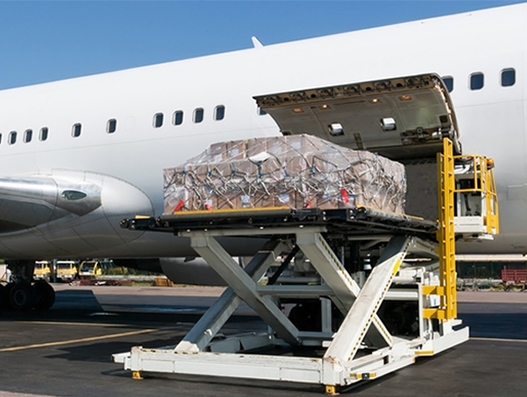
Good start to the year for air cargo in 2017
Mar 07, 2017: Global air freight markets showed that demand, measured in freight tonne kilometers (FTKs), rose 6.9 percent in January 2017 compared to the year-earlier period, according to the data released by The International Air Transport Association (IATA).While this was down from the 10 percent annual growth recorded in

Mar 07, 2017: Global air freight markets showed that demand, measured in freight tonne kilometers (FTKs), rose 6.9 percent in January 2017 compared to the year-earlier period, according to the data released by The International Air Transport Association (IATA).
While this was down from the 10 percent annual growth recorded in December 2016 it still was well above the average annual growth rate of 3 percent over the past five years.
Growth in freight capacity, measured in available freight tonne kilometers (AFTKs), slowed to 3.5 percent in January 2017.
The continued positive momentum in freight growth into 2017 coincides with a steady rise in new export orders, which reached their highest level in February (latest data available) since March 2011.
There has also been an increase in the shipment of silicon materials typically used in high-value consumer electronics shipped by air. The timing of the Lunar New Year (in January 2017) also may have contributed to higher demand in January.
It's been a good start to the year for air cargo. Demand growth accelerated in January, bolstered by strengthening export orders. And that outpaced the capacity growth which should be positive for yields. And, longer-term, the entry into force of the Trade Facilitation Agreement (TFA) will cut red tape at the borders for faster, cheaper and easier trade. The onus is now on the industry to seize the opportunity to accelerate the modernization of processes to make air cargo an even more compelling option for shippers, said Alexandre de Juniac, IATA's director general and CEO.
The 6.9 percent annual increase in global FTKs in January marked an easing from December's double-digit pace, but it was still well ahead of the five-year average rate (3.0 percent).
As in recent months, Asia Pacific and European airlines accounted for the majority of the annual change in industry-wide FTKs, alongside solid contributions from North American and Middle Eastern carriers. African airlines also made a modest contribution to the total change, but Latin American carriers were a drag on annual growth for the 23rd time in 25 months.


